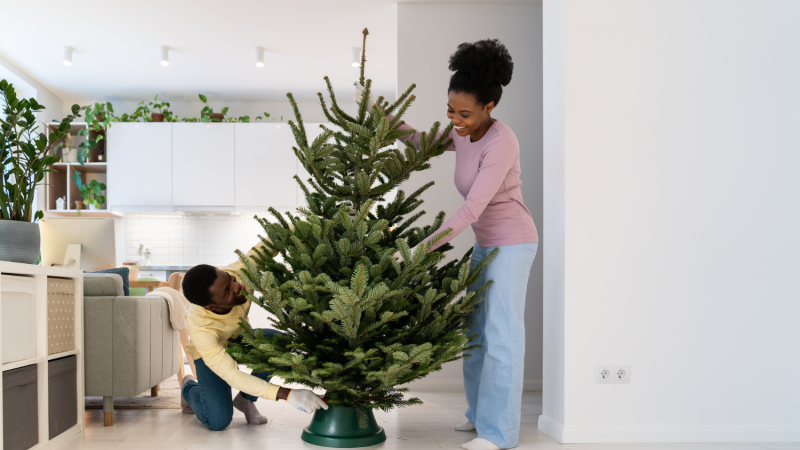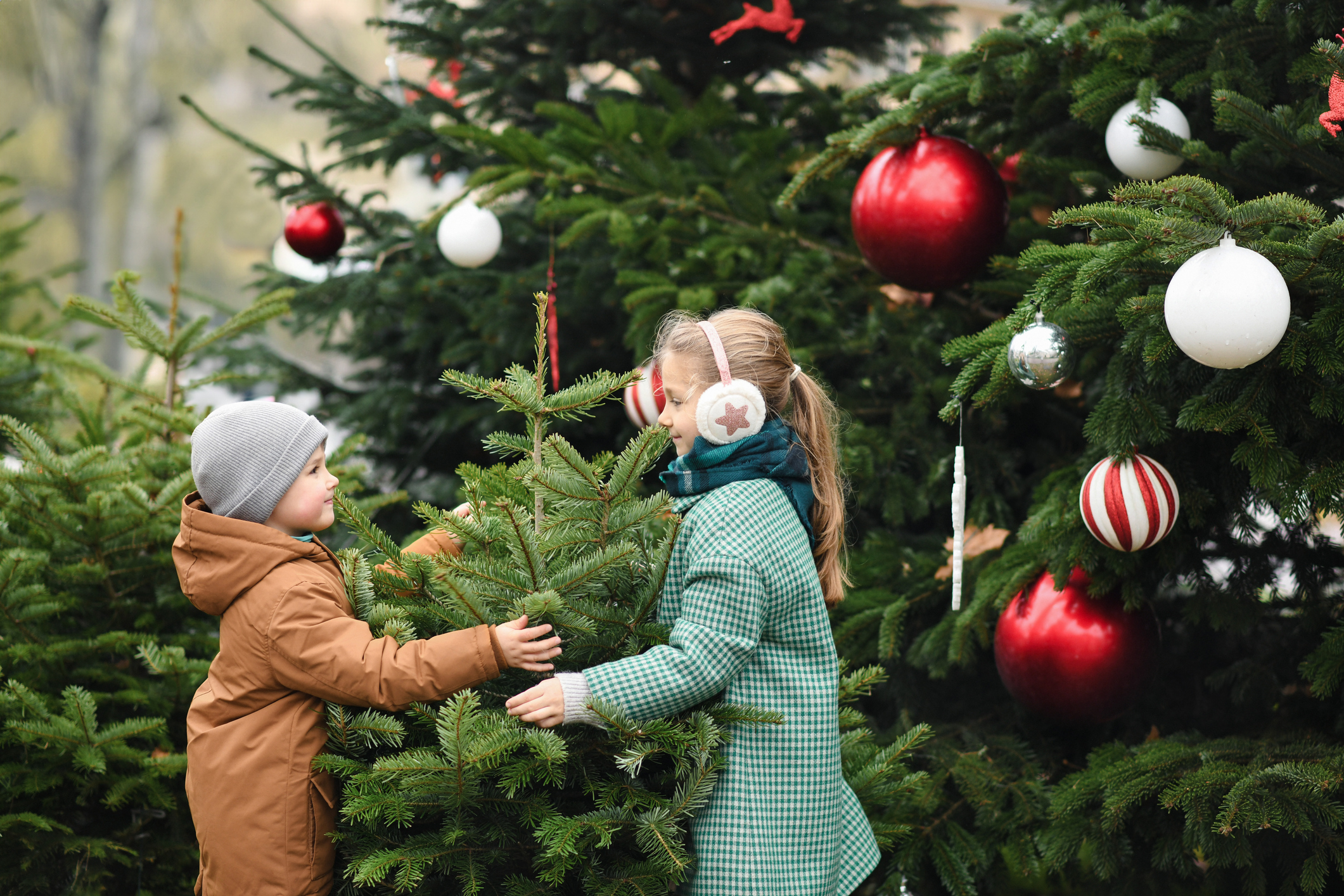
Keeping it Simple: How-To Tips for a Healthy and Safe Christmas Tree
There’s nothing like bringing a natural Christmas tree home and decorating it with family and friends. These trees are symbolic of the season and bring back old memories — and who doesn’t love the smell of a fresh Christmas tree? Even candles can’t quite replicate this special holiday scent!
This year, if you’re planning on bringing an authentic Christmas tree into your home, whether it’s your first time or an annual venture, it’s important to brush up on some safety tips. Our team at Sandbox has put together a list of all the essential things you need to know about tree care, so you can prevent any potential losses this year and use the utmost precaution.
- Picking the right tree.
There are dozens of trees standing before you, so how do you know which one to pick? While many gravitate toward the size that will appear the best in their home, there are other factors to consider. First, the tree should be in good health. You can tell this through the pine needles. If the needles fall off when you touch them, the tree is malnourished or was cut too long ago. The pine needles shouldn’t appear overly fragile; this is another helpful indicator that it may be best to select a different tree… you don’t want a Charlie Brown situation on your hands. Secondly, the colour of the tree is a determinant. The colour of the tree should be a vibrant shade of green, proving that it’s been well-watered and tended to.
- Placement of the tree.
If you are planning on putting the tree inside your home, you must be strategic. If your tree is placed too close to certain household items, it can pose a serious fire hazard. So, where should you place your tree? First, locate your tree in an area of your home that isn’t blocking an exit in case of an emergency. Secondly, your tree should not be near any heaters, vents, appliances, fireplaces, candles, or any other heat source in your home. Not only will this extend the livelihood of the plant, as it will stop it from drying out, but it will also eliminate fires from getting to your tree.
- Watering the tree.
After shaving an inch or so off the bottom of the trunk when you get home, place it in a pot or tree stand full of water. Don’t let this pot run out of water; continue to fill it each day. A great rule of thumb is that the trunk line should always be submerged in water. In the first week, your tree will consume the most water, so keeping the pot as full as possible is key to a healthy, long-lasting Christmas tree.
- Decorations and lights.
This is truly one of the best parts of owning a Christmas tree. There are several ways you can take safety measures to prevent losses. First, before stringing the lights on your tree, check for wear and tear and replace any worn-out bulbs. Second, ensure you’re using the right lights for your space. For instance, if your tree is going outside, use outdoor lighting. For indoor use, select the appropriate indoor lights. Using LED lights instead of incandescent, for example, use less power and produce less heat, making them the optimal choice for Christmas tree lighting. Next, be mindful of your household outlets. Overloading outlets can cause sparks and possibly blow breakers. And lastly, make sure to turn the tree off before going to bed. A tip from us is to set your Christmas tree lights on a timer; this way you can be sure you won’t forget to turn it off.
- Disposing of the tree.
We dread the day the Christmas trees need to be disposed of, but it must be done adequately and with precaution. Check where the appropriate tree disposal drop-offs are located in your area and ensure it is watered thoroughly before disposing of it.

If you follow all these safety tips, you can rest assured that your Christmas tree is protected and will thrive in its surroundings. Peace of mind doesn’t always come with preventing a tree from drying out, but with the right insurance policy for your home. With Property Insurance from Sandbox Mutual Insurance, your home or condo gains coverage for your contents, a variety of liability limits and deductible options, and optional coverages of home systems protection, and more! Learn more on our Property Insurance page.
Please note that the information in this article may not accurately reflect your insurance policy from Sandbox Mutual Insurance or another insurance company. Please refer to your policy or talk to your broker about your specific coverages.

